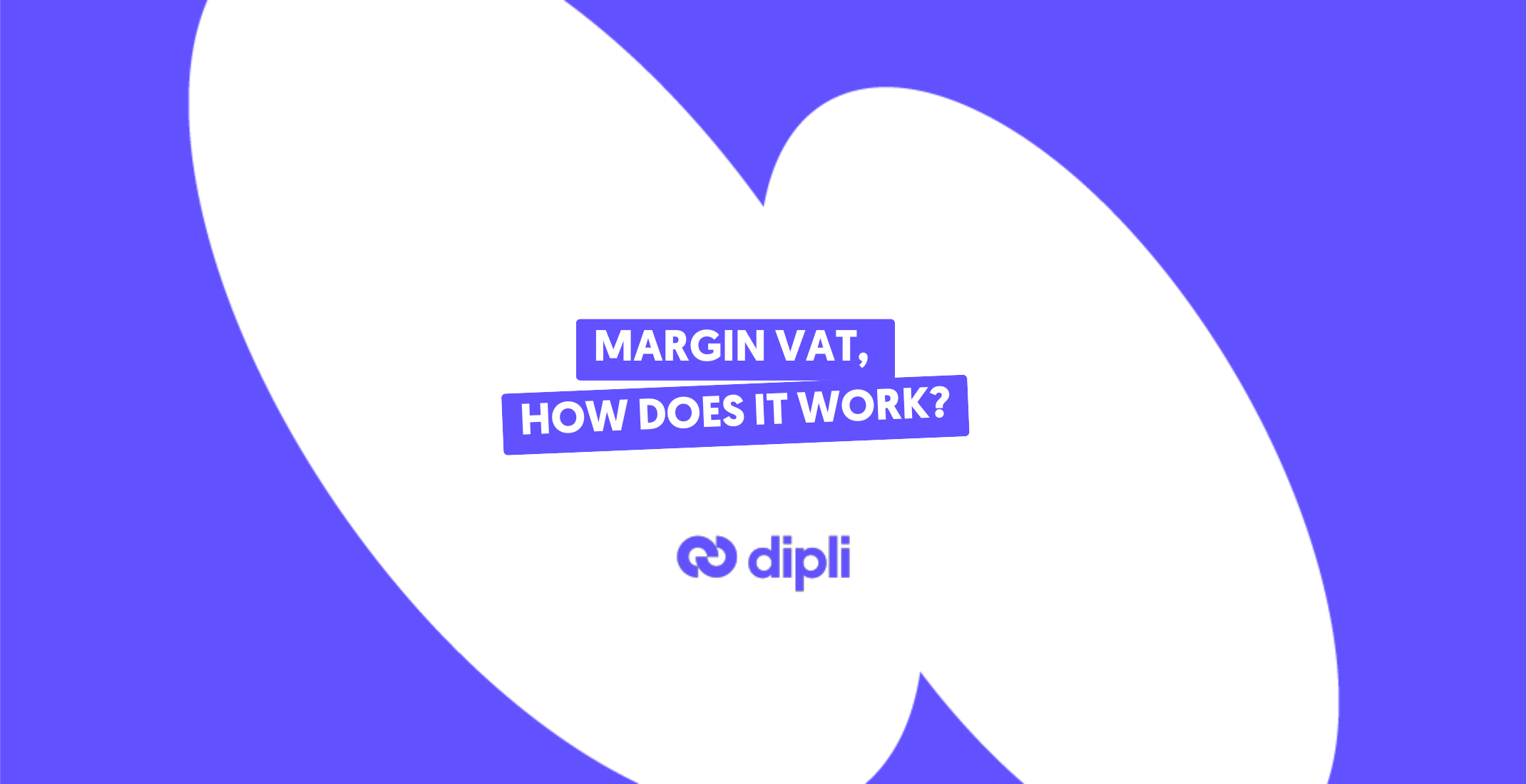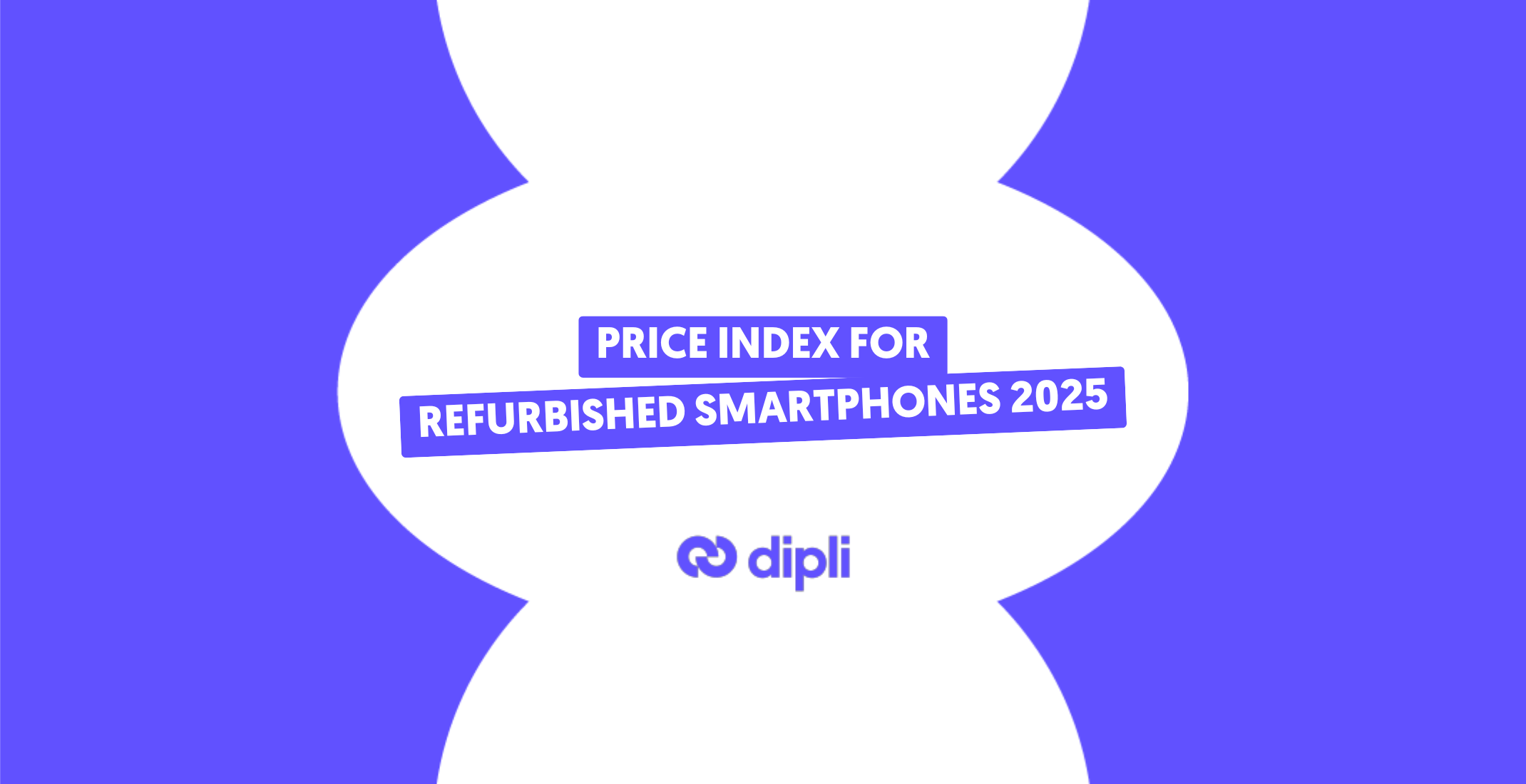Margin VAT and refurbished products: a guide to understanding how it works
13/10/2025
0 comments

Margin VAT is a beneficial tax scheme for selling refurbished electronic products such as smartphones, tablets, or laptops. However, it’s essential to understand how it works to apply it correctly and avoid tax-related mistakes.
👉 In this article, you'll find everything you need to know about margin VAT: definition, eligibility conditions, calculation methods, and best practices.
1. What is margin VAT?
Margin VAT has existed at the European level since Directive 94/5/EC (1994), now codified in Directive 2006/112/EC, and transposed into French law under Articles 297 A to 297 E of the General Tax Code.
Margin VAT is a tax scheme that applies to the resale of second-hand goods, works of art, antiques, and collectibles. It can only be used by taxable dealer who purchase the previously mentioned goods with the intention of reselling them.
This scheme is particularly advantageous for reselling specific goods such as refurbished smartphones, as it helps preserve net margins by reducing the amount of VAT paid.
💡 Unlike standard VAT, margin VAT only applies to the difference between the purchase price and the resale price, not on the total sale price.
ℹ️ SIRRMIET, of which Dipli is a member, is a federation that actively works to improve VAT conditions for refurbished products. They regularly advocate for reduced VAT rates to better support professionals in the sector.
2. Which refurbished devices are eligible for margin VAT?
In the case of refurbished electronics, margin VAT applies in the same way as for other second-hand goods. However, certain specific conditions and criteria must be met to benefit from this particular tax scheme.
Below is a summary of which refurbished products may or may not be eligible for margin VAT in the refurbished electronics sector.
| ✅ Refurbished devices eligible for margin VAT | ❌ Refurbished devices not eligible for margin VAT |
|
|
To learn more, click here
Of course, this tax scheme is optional: it is always possible to apply the “standard VAT” regime (Art. 297 C of the French Tax Code) to second-hand smartphones that were purchased under the margin VAT scheme, especially for companies wishing to reclaim VAT (such as leasing companies, integrators, etc.). However, the reverse is not allowed.
💡 Note: products sold under margin VAT that are exported outside the EU are exempt from VAT.
It’s essential to follow these criteria to avoid tax errors. Some common pitfalls to watch out for include: using false invoices, confusing new and refurbished products, or selling to professionals who are not eligible to benefit from the margin VAT scheme.
Find margin VAT products on Dipli. Compare the best refurbished stocks from across Europe and secure your orders for free by signing up here or contact us.
3. Where do the supply flows in France come from, and how should they be invoiced?
Refurbished product flows eligible for margin VAT can originate from a variety of professionals in the sector:
- Telecom operators such as SFR, Orange, and Bouygues Telecom, who operate trade-in programs in partnership with French and European refurbishers. Once collected (in-store or online), devices are sorted and tested before entering the secondary market.
- Marketplaces, which collect smartphones directly from consumers via their online platforms.
- Second-hand retail specialists, who buy devices directly from individuals “at the counter”.
Regarding invoicing:
- Do not display any VAT rate or amount (Article 297 E of the French Tax Code prohibits showing VAT on invoices under the margin scheme),
- Include an explicit mention of the regime, such as: “Margin scheme – second-hand goods (CGI, Art. 297 A)”.
💡 If you sell stock to another EU member state, the invoicing scheme remains the same, but the margin VAT note must be displayed in English. No VAT declaration is required in this case, though a statistical declaration (EMEBI) may be necessary if your trade volume exceeds a certain threshold.
4. How is margin VAT calculated?
There are two systems for calculating margin VAT: “transaction-by-transaction” or “global calculation”. Here are the key rules to know for both methods.
| 👍 Transaction-by-transaction calculation | 🙌 Global calculation |
|
|
|
|
|
|
Let’s take a concrete example: you purchase a batch of refurbished iPhones under the “margin VAT” scheme from a certified seller on Dipli.
The unit purchase price is €200 incl. VAT (= €200 ex. VAT). You resell these products to your end customer at €275 incl. VAT.
Here are the calculations depending on whether you choose to apply margin VAT or standard VAT.
| 🔥 Resale under margin VAT | 👎 Resale under standard VAT |
|
|
|
|
|
|
|
💡 This example shows that applying margin VAT on resale allows for a much higher net margin, which is a clear financial advantage for your business.
5. What about repaired products?
Products may undergo repairs as long as they qualify as a simple restoration and not a complete repair. The value of the replacement parts used for the repair must not exceed the value of the refurbished smartphone. Otherwise, the transaction must fall under the standard VAT regime.
The costs incurred by the reseller to restore the product upon acquiring the used goods are not included in the purchase price and therefore cannot be deducted from the taxable base.
💡 Good to know!
On the same invoice, both VAT regimes may coexist if a new product (or service) is purchased along with a second-hand product under the margin VAT scheme. The invoice will then be considered a “mixed” invoice.
For accurate stock tracking, it is highly recommended to associate each IMEI number with its applicable VAT regime when entering products into inventory. In case of an audit, this facilitates a faster verification process. A reliable supplier should be able to provide the list of IMEIs for your orders, which is the case on Dipli.
There are many wholesalers specializing in margin VAT on Dipli.
Sign up to the platform to compare the best stocks of refurbished devices in Europe and secure your orders.




